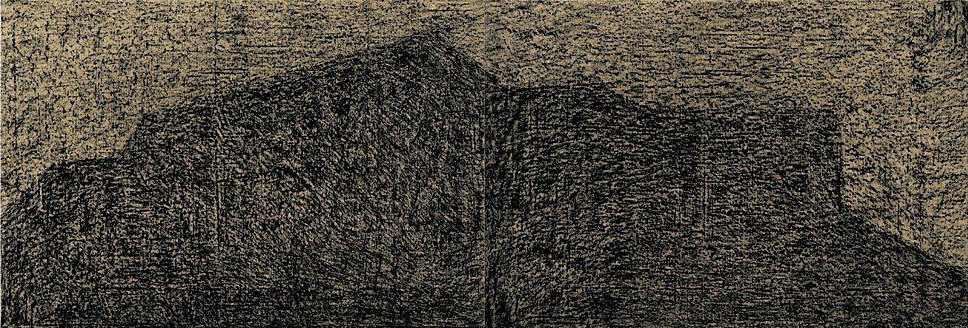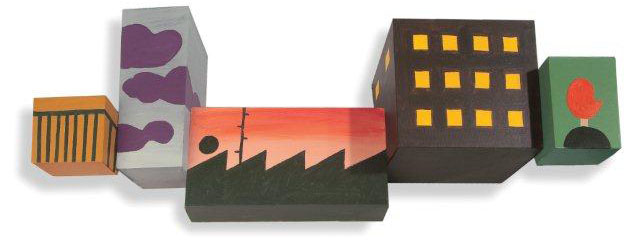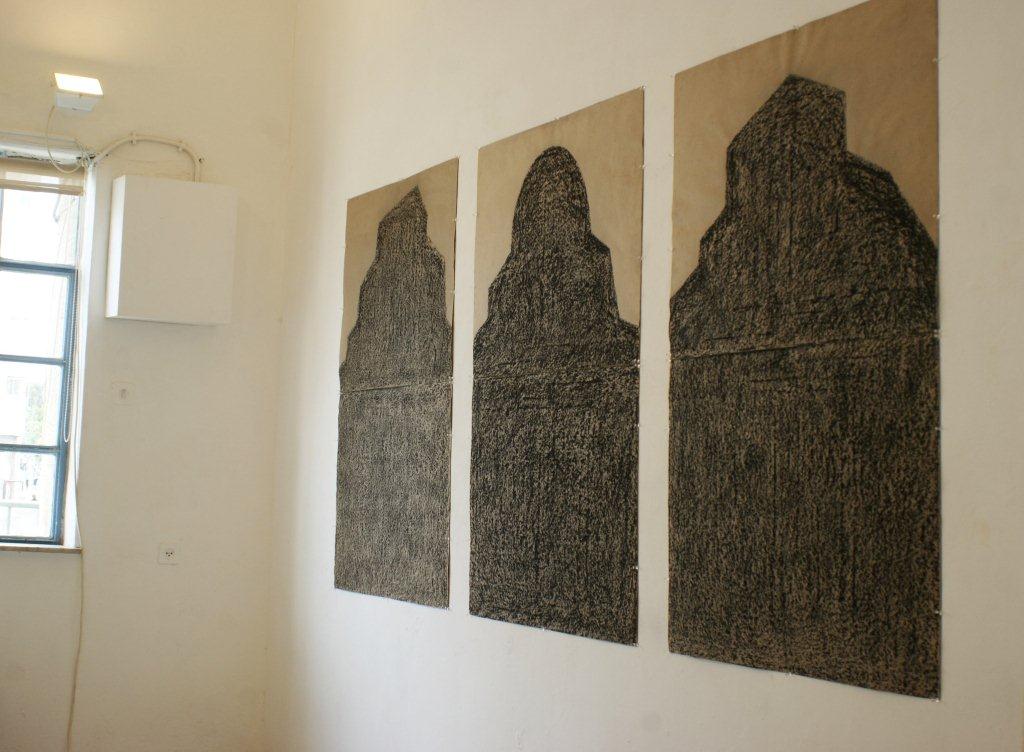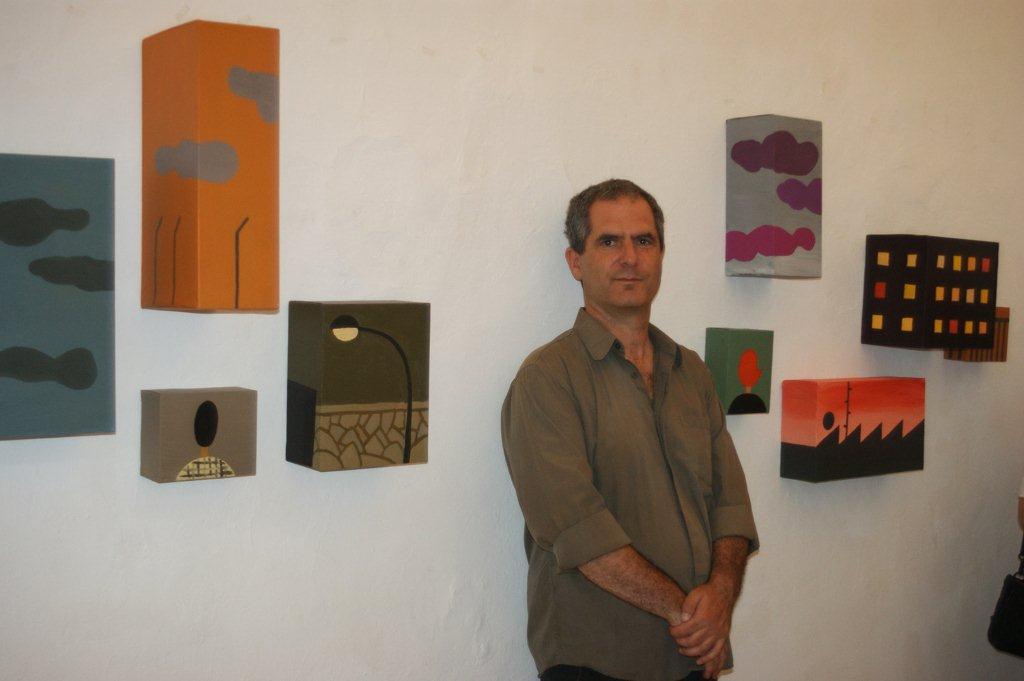A text by Yonatan Amir for Lena and Oded Zaidel´s exhibitions: The Monastery and The Surface, 2012, Agripas 12 Gallery, Jerusalem

The Monastery / Yonatan Amir

As a large Middle Age stone structure, surrounded by an open field in the very heart of modern Jerusalem, with the city center in front of it, and the government hill and the Israel Museum in back of it, the Monastery of the Cross exists in sort of an independent territory. Zaidel´s sketch uses this unique site in order to accomplish a double goal: on the one hand, it makes use of its separateness to try and create a temporary autonomy – a space for contemplation that imbues a meditative ambience to the sketch in general, and to the scenery in particular, unrelated to any local political connections (which are in fact a central issue in other of the artist´s works). On the other hand, the drawings seek to repossess the site, to redeem it from its detachment, to imbue it with association and ownership, thus situate it in space anew and deconstruct the autonomy that the artist herself had given it. As a result of the frottage tracing, a “placeless” place is created that expresses an attempt to capture a bit of the elusive spirit that the site inspires in a person who spends time in it, while simultaneously bearing witness to the difficulty of doing so. However, the frottage drawing has another essential meaning: the continuous, mechanical act while keeping the material means to a minimum requires a plunge – erasing the known and the familiar and surrendering to the mystery of the unknown, of how the final result will look. Zaidel describes this as a surrender of certainty and clarity for the sake of a spiritual experience toward which the act of sketching becomes a channel.
The Surface / Yonatan Amir

Oded Zaidel also works with limitations. His paintings gradually shed graphic gestures, nuances, and complex images that appeared in his past works, for the sake of a pictorial and colorful, but slim and subdued, dictionary – a very basic collection of prefabricated forms that can be inserted each time for uniquely different purposes. Here, the circle is a head, there a flashlight, and elsewhere a moon. Here the rectangle is a building, there a van, elsewhere a topographical image; while sometimes a square is a window, sometimes a frame, and sometimes just some form. It is a painting that seems like a promise of a painting – like a box containing a puzzle, on which is printed the picture that will be formed upon the correct assemblage of the pieces inside it. A puzzle is also the association that rises to mind upon the contemplation of paintings in which the images that appear in them have been gathered from a variety of different and disjointed sources of inspiration – the American coastline, the Jerusalem urban scene, Russian constructivism, pure minimalism, industrial images, and amorphic geometric forms that have been transformed into human images adjacent to geometric forms that have been transformed into scenery.
If Oded´s paintings seem like a promise of a painting, the scenery that appears in it seems like a promise of scenery. It is advertisement-like scenery that reminds us of the graphic television images of the 1950´s. On the surface, the paintings look like the images of a mask. Like the stereotyped “happy housewife” from television, these too depict what looks like a preformed pattern. However, in contrast to the image of the happy housewife, Oded´s images are not trying to sweep real-life drama under the rug and present hermetic forms of perfection. Rather, and surprisingly, despite the dullness of the schematic images, softness and emotion shine through them. The industrial images are not impersonal, the fenced scenery is not threatening, and the prefabricated forms are not lacking in character. Thus, though we are talking about schematically based paintings, these paintings meet the schematic in its later form, when it is free of the utopian promises that it represented in the beginning of the 20th century, and from the need to conceal the opposing currents that rage beneath it that appeared half a century later. The release from declared ideologies and role-playing leave the paintings of Oded Zaidel “emotionally free,” and as such, they are inevitably filled with emotion.



לנה זידל, המנזר, 2012, אגריפס 12, ירושלים

עודד זידל, פני השטח, 2012, גלריה אגריפס 12 , ירושלים
Show More